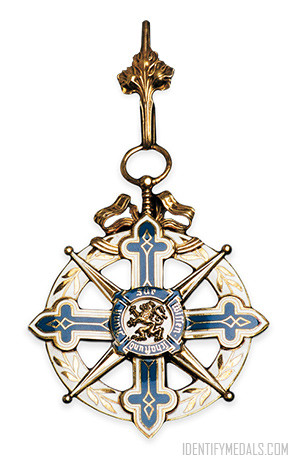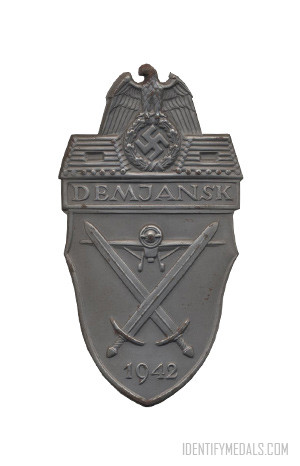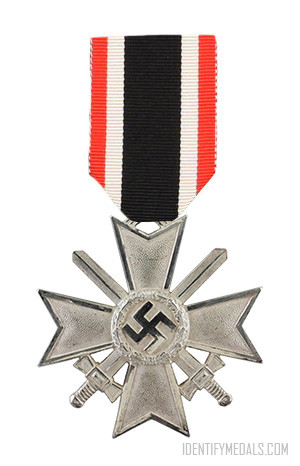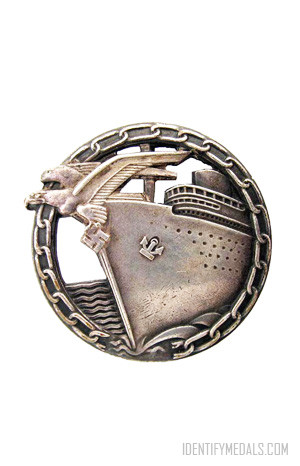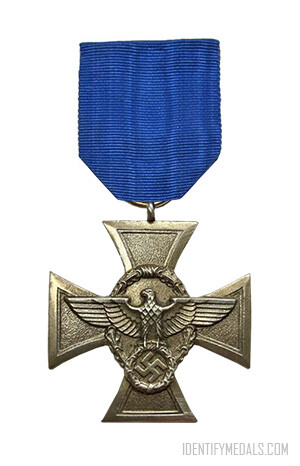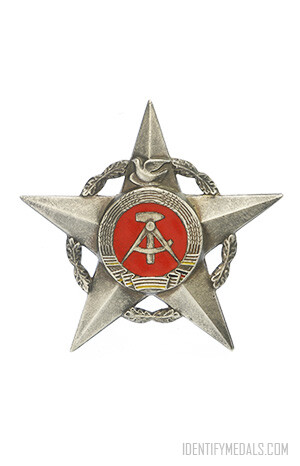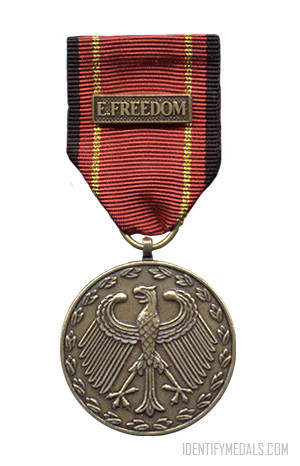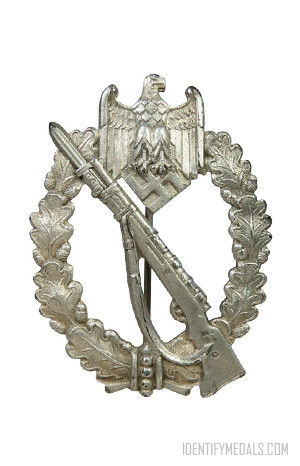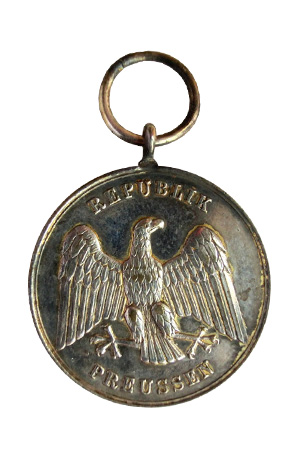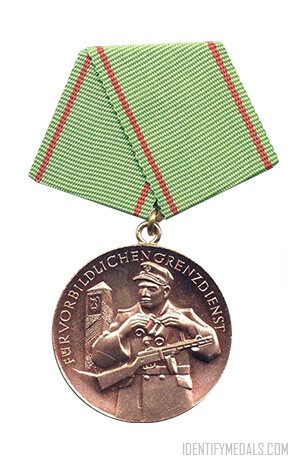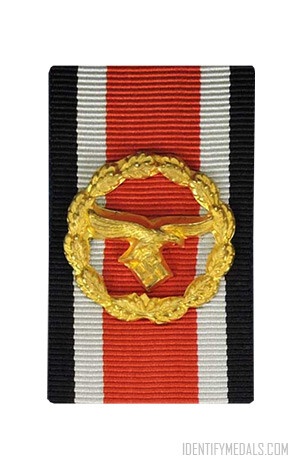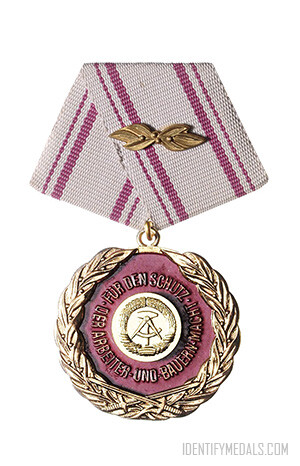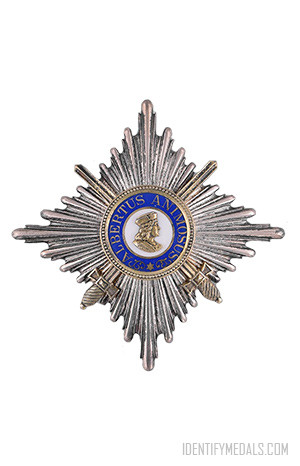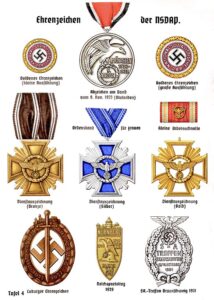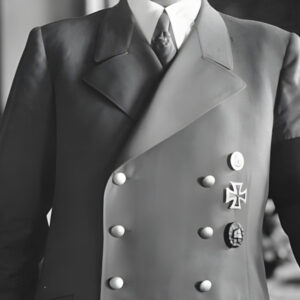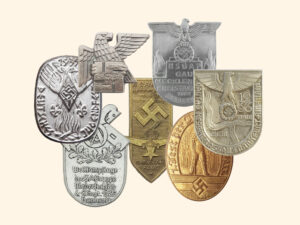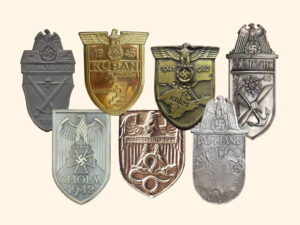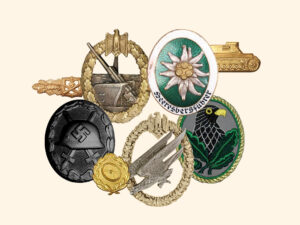- Time Period: Pre-WW1
- Institution: 28 November 1853
- Country: Germany (Kingdom of Bavaria)
The Bavarian Maximilian Order for Science and Art (or Bayerischer Maximiliansorden für Wissenschaft und Kunst in German) was awarded to acknowledge and reward excellent and outstanding achievements in the field of science and art and established on 28 November 1853 by King Maximilian II von Bayern.
From 1933 onwards the order was no longer awarded, until 1980 when it was reinstated by the then Minister-President of the Free State of Bavaria Franz Josef Strauß.
The Maximilian Order is preferably awarded to German scientists and artists, although it’s not restricted to citizens of Bavaria. It was instituted in one class and two sections (science and art), and is restricted to 100 living members
The Maximilian Order of Science and Art Design
The medal consists of a blue-enameled Gothic cross with a white border and four rays in the corners, surrounded by a white gold-pierced ring.
The center of the cross in the obverse forms a round medallion bordered by gold, which shows, on a white background, the upright standing Bavarian lion surrounded by the golden inscription: For science and art.
The reverse shows the Bavarian diamond coat of arms and the foundation date: 28. November 1853. The Order is worn as a collar order on a white band with blue edging, in its place a square miniature, a blue and white held rosette or a Fraquette can be worn on the left cuff.
Munich jewellers Hemmerle have been responsible for making the medal since 1905.

